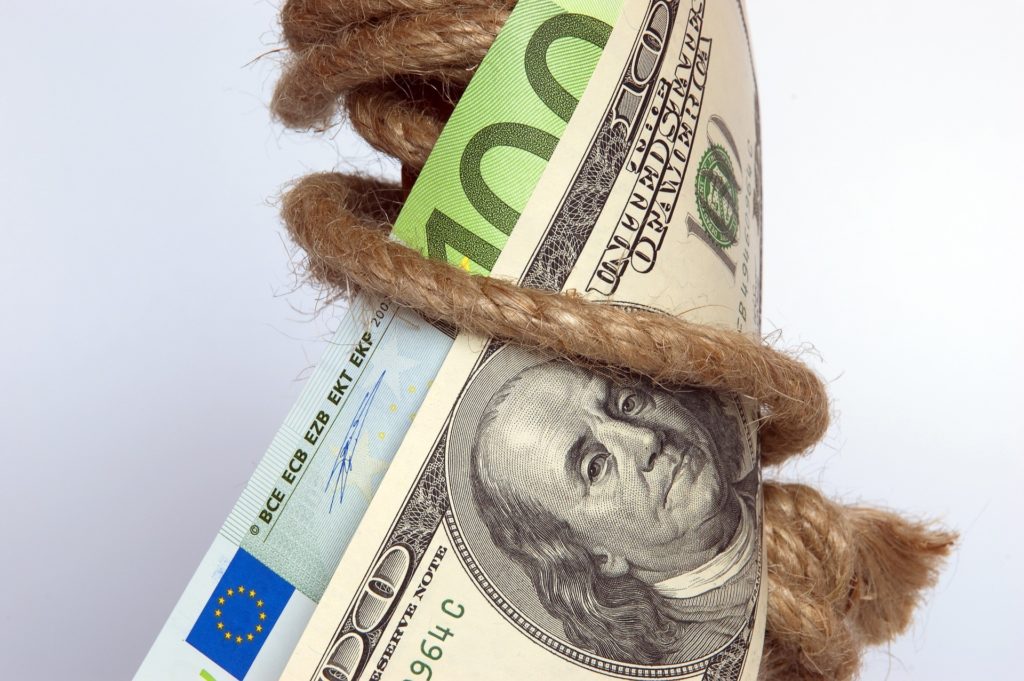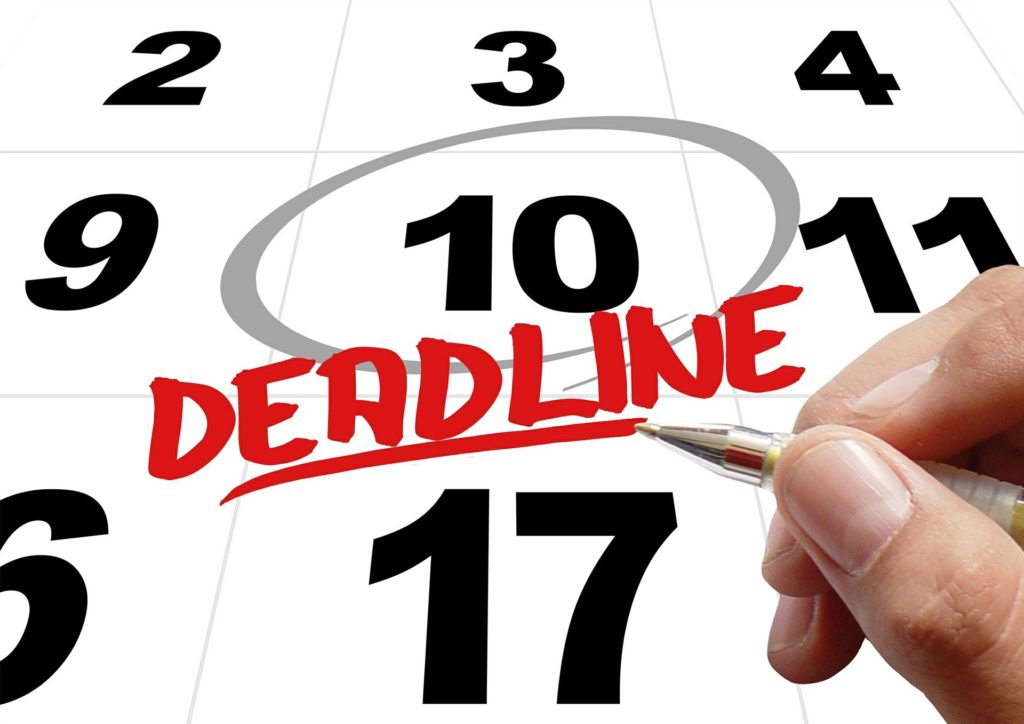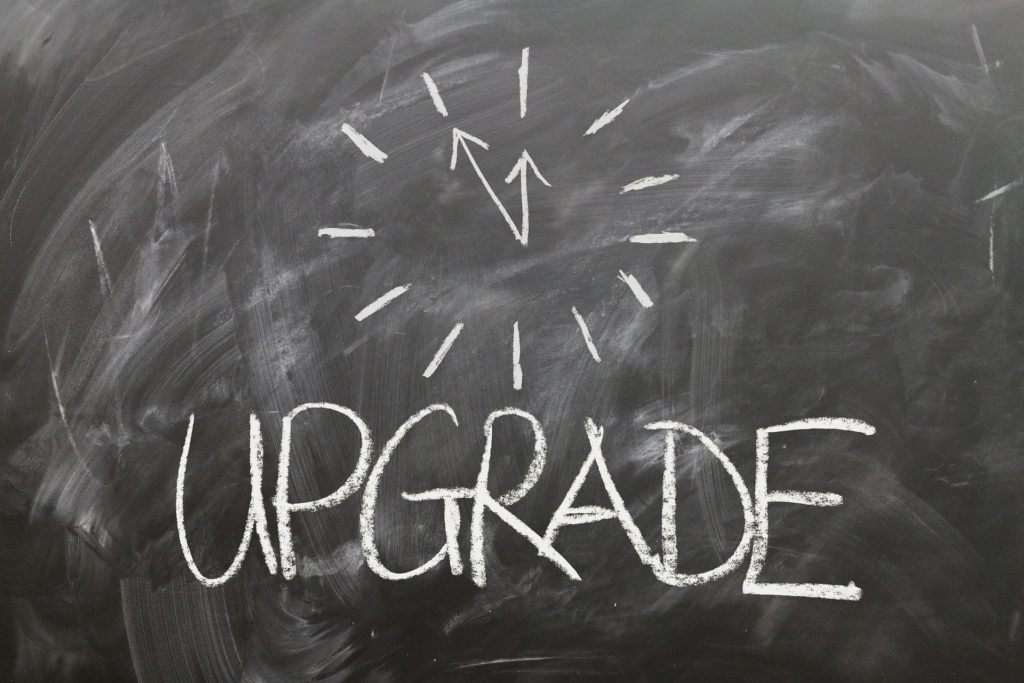Consumers starting out in the credit world, or those looking to rebuild and repair credit, often find themselves inundated with offers for secured cards. These cards let you put a set amount down, often between $200 to $500, and receive a credit up to the secured amount. Banks and other financial institutions like secured cards because they limit the organization’s risk while still earning interest. These groups are not always as upfront about the details as many card owners would like.
Here are seven secrets you may not know about secured credit cards to help you make the most of the offerings available to you.

Effective Solutions for Students
Many high school and college-aged students lack a credit history that might enable them to get an unsecured credit card. Students (or their parents, as cosigners) can more easily apply for and receive a secured credit card to begin building the credit history that will buoy them throughout their lives. Learners already struggling with handling student loan debt may find that additional options become available down the line once they do have an established credit history. The low limits often imposed by these types of cards also help students learn to live within their means.
Credit Score Changes Take Time
Unfortunately, applying for and receiving a secured credit card is only the first step. Keeping your available balance high and making regular, on-time payments leads to the actual change that could improve your credit score over time. This process can easily take six months or longer before any effects become noticeable. Be patient if you’re using a card to repair your credit history. Check your credit score at least once every six to 12 months until seeing results.

Cash Advance APR May Be Much Higher
Pay close attention when signing on with a secured credit card. The idea of having a card handy may seem a lifesaver, there could be fees associated with the card that are much higher than the standard card rates. Banks almost always charge a higher annual percentage rate (APR) for cash advances than other purchases. This deters card owners from converting their credit into cash. The APR could easily amount to as much as twice the card’s advertised rate. The cash advance APR is regularly found in the card’s small print on information flyers and new signup packets.
Penalty APRs Can Change the Deal
Since secured credit cards are often aimed at those unfamiliar with credit or consumers with a shaky history, they feature penalties built into the deal to further deter unwanted behavior. The penalty APR, often referred to as a default APR, kicks in whenever a cardholder breaks one of the three expectations that card issuers have of them. The penalty is a permanent change that you may only renegotiate after six months of on-time payments. These violations can jack the APR up as high as 29.99 percent:
- Always make payments on time. Any lapse of 60 days or more will likely trigger penalty APRs.
- Exceeding the credit limit on the card may trigger penalties. Over-limit charges are no longer commonplace, but some secured credit cards sport these as well as a penalty APR.
- Returned checks, especially two or more in a rolling year, can also raise your rate to the penalty APR. Make sure you have the funds on hand for every payment to avoid this problem.

Secured Credit Card Grace Periods May Be Shorter
Many modern cards offer grace periods of 30 to 31 days. These are periods following a purchase when you can pay off the balance in full to avoid interest charges. Unfortunately, the higher risk associated with secured cards may also mean shorter grace periods. The world of secured credit cards is a place where periods of 15 to 25 days regularly make an appearance. You may rack up interest even if you make your payments in full each month.
Credit Score Impact Can Drop Off
After a time, the ability of secured cards to raise your credit score can diminish. This means that you won’t get the same benefits as you might if you were to upgrade to an unsecured account. This time limit varies by card issuer and credit history, and it may vary widely between cardholders. In general, you should consider making an upgrade following the first credit report on which you see a noticeable improvement. If you got a credit report before or during the issuance of the card, then that time will be about six months to a year out, and it may be longer in some cases.

You Can Request an Upgrade in as Few as Six Months
After six months of regular, on-time payments, your card issuer is likely to approach you with offers of either unsecured cards or cards with different terms. These cards may boast a lower APR, cash-back or points-based rewards, and higher spending limits. If you feel comfortable with your credit situation and haven’t heard from the bank, your chances of a successful upgrade request start at about same the six-month mark.
Whether you decide to upgrade or not, the same principles should apply whenever you get a new credit card. Make sure you can afford to make payments monthly, ideally beyond the minimums due. Modern APRs result in years of payments accruing interest rates nearly equal to purchase prices, if you only make minimum payments. Keep tabs on your credit history at least annually, and immediately address any discrepancies. Secured credit cards can be a great tool for those starting out or rebuilding credit. Still, caution is paramount to ensure you only benefit from their use.






